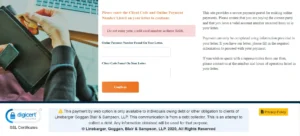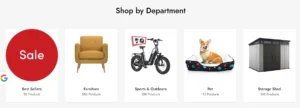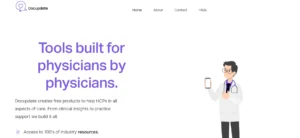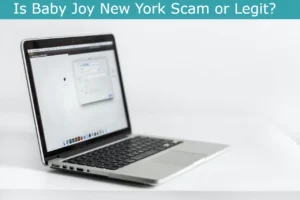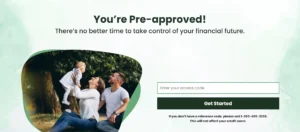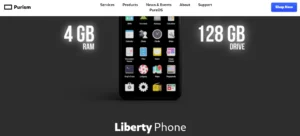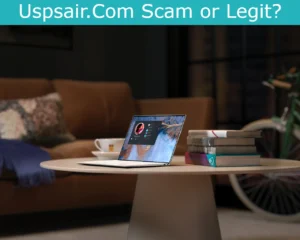Have you ever received an email promising great returns on Bitcoin investments through PayPal? Beware, because a new scam has emerged that targets unsuspecting users like yourself.
In this article, we will expose the insidious tactics used by scammers to impersonate PayPal and trick you into falling for their trap. By understanding the red flags to look out for, you can protect yourself from becoming a victim of this deceitful scheme.
Stay one step ahead by learning how to report these scams to PayPal and help put an end to this fraudulent activity. Don't let yourself be fooled – read on to arm yourself with the knowledge needed to avoid the PayPal Bitcoin scam email.
The Rise of Paypal Bitcoin Scam Emails
Beware of the growing trend of scammers sending Paypal Bitcoin scam emails. These fraudulent emails have had a significant impact on the reputation of PayPal.
To combat this scam, PayPal has implemented various measures. They've improved their email authentication protocols and offer tips on how to identify phishing emails.
Additionally, PayPal encourages users to report any suspicious emails they receive.
Stay vigilant and protect yourself from falling victim to these scams.
How the Scammers Impersonate Paypal
Scammers use various techniques to make their emails appear legitimate and convincing. They may use fake email addresses that closely resemble the official Paypal domain, or they may use phishing tactics to trick users into providing their login credentials. These scammers exploit the trust that users have in Paypal's brand and may also use social engineering techniques to manipulate users into believing that their Paypal account security measures have been compromised.
It's important to remain vigilant and verify the authenticity of any communication related to online payment systems.
The Tactics Used to Lure Users
Scammers use various email phishing techniques to lure users into their trap. They often send fake payment notifications that appear to be from legitimate sources like Paypal, tricking users into providing their personal information or clicking on malicious links.
These tactics exploit the trust users have in reputable companies and aim to deceive them into revealing sensitive data or falling victim to scams.
Email Phishing Techniques
Be cautious of deceptive email phishing techniques that scammers employ to entice unsuspecting users. Here are three common tactics used by scammers:
- Spoofed email addresses: Scammers often use email addresses that mimic reputable organizations to make their messages appear legitimate. Always verify the sender's email address before clicking on any links or providing personal information.
- Urgency and fear tactics: Phishing emails often create a sense of urgency or fear to prompt quick action. Be skeptical of emails that threaten consequences if you don't respond immediately.
- Fake websites and login pages: Phishing emails may redirect you to fake websites that mimic legitimate ones, tricking you into entering your login credentials. Always double-check the website's URL and ensure it uses secure protocols (https) before entering any sensitive information.
Fake Payment Notifications
After being cautious of email phishing techniques, it's important to be aware of the tactics used to lure users with fake payment notifications.
Scammers often send fake payment notifications to trick users into thinking they've received money, especially in the context of bitcoin fraud.
These notifications may claim that a payment has been made to your account or that you have won a prize.
It's crucial to verify the legitimacy of such notifications before taking any action to protect yourself from falling victim to scams.
Spotting Red Flags in the Scam Email
To spot red flags in a scam email, there are a few common techniques to look out for.
First, pay attention to the sender's email address – if it looks suspicious or unfamiliar, that's a warning sign.
Additionally, be wary if the email contains urgent or threatening language, as scammers often use fear tactics to pressure victims into taking action.
Stay vigilant and remember to always verify the legitimacy of any email before responding or providing any personal information.
Common Scam Techniques
When analyzing a scam email, you should look out for common red flags that can help you spot fraudulent activity. Here are three key indicators to watch out for:
- Poor grammar and spelling: Scammers often make mistakes in their emails, as they may not be native English speakers or they simply don't pay attention to detail. Look for misspelled words, grammatical errors, and awkward sentence structures.
- Urgency and pressure tactics: Scammers try to create a sense of urgency to manipulate you into making quick decisions. They may claim that you'll lose out on a great opportunity or face severe consequences if you don't act immediately. Be wary of emails that demand immediate action without giving you time to think.
- Suspicious email address or domain: Check the email address of the sender. Scammers often use email addresses that are slightly different from legitimate ones, hoping you won't notice. They may also use free email services instead of official company domains. Always double-check the sender's address to ensure it matches the official one.
Suspicious Sender Email
Look for any unusual or suspicious details in the sender's email address that can indicate a potential scam. Pay close attention to misspelled words, random numbers or characters, or email addresses that don't match the supposed sender's identity.
Scammers often use email addresses that mimic legitimate companies, so it's important to double-check the email address for any irregularities. Remember, maintaining email security is crucial in protecting yourself from online fraud.
Stay vigilant and trust your instincts when it comes to suspicious sender emails.
Avoiding Falling Victim to the Scam
Protect yourself from the Paypal Bitcoin scam by following these steps:
- Safeguard your personal information: Never share your passwords, sensitive financial details, or personal information with anyone. Be cautious of phishing attempts asking for this information.
- Recognize the signs of a scam: Look out for suspicious email addresses, grammatical errors, and urgent requests for money or personal information. Trust your instincts and verify any unexpected requests through official channels.
- Report scams: If you receive a scam email, report it to your email provider and to the appropriate authorities, such as the Federal Trade Commission (FTC) in the United States. Reporting scams helps protect others from falling victim.
Reporting the Scam to Paypal
To properly report the Paypal Bitcoin scam, you'll need to go through the official Paypal website.
Log in to your Paypal account and navigate to the Resolution Center.
Click on 'Report a Problem' and select 'I think I received a fake email.'
Provide the necessary details and submit the report.
Additionally, it's important to protect yourself by not clicking on any suspicious links or sharing personal information.
If you have been a victim of this scam, consider reporting it to your local law enforcement agency.










